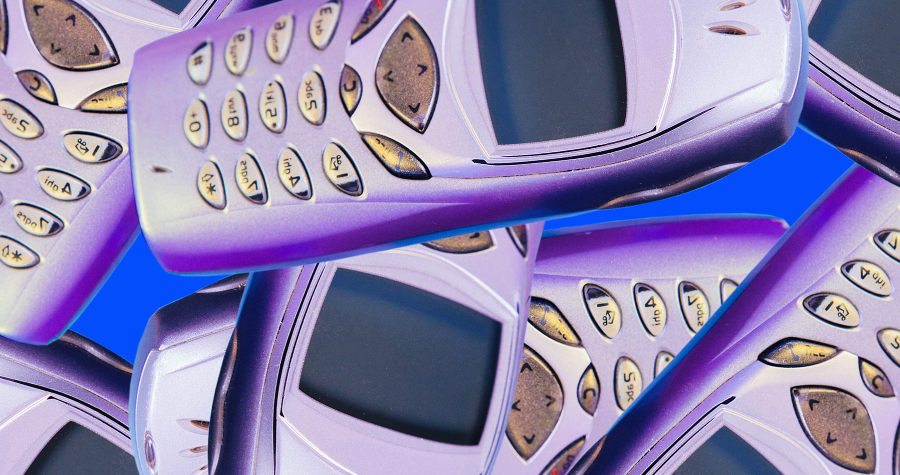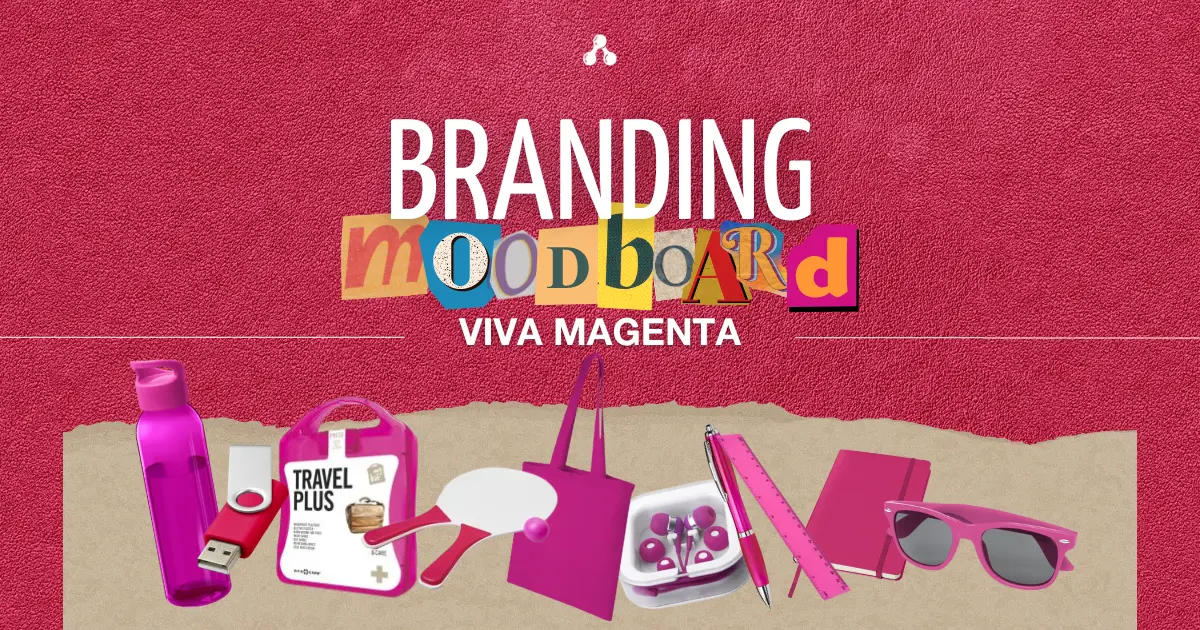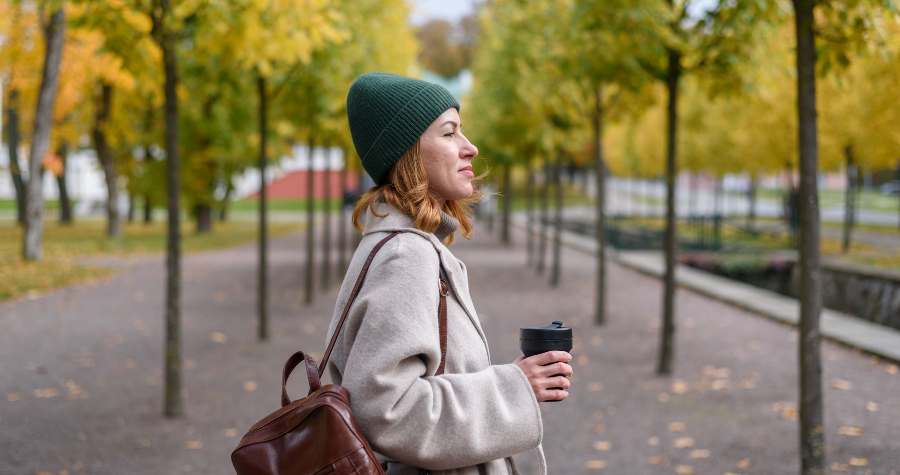Reboots & revivals: Why are so many brands going back to the past?

Let’s set the scene: it’s a Friday night, and you put on your low-rise jeans before heading out for the evening.
Maybe you’re off to see the new Freaky Friday film in the cinema, or maybe even heading to watch My Chemical Romance at Wembley. Somewhere in the background, you can hear the faint sound of Joe Jonas and Demi Lovato singing This is Me from Camp Rock.
It’s the early 2000s, right?
Wrong. It’s 2025.
So, why are all these things still relevant?
The truth is, now, more than ever, the past is trending. As the world carries on changing and gets more uncertain, people are seeking comfort in the familiar. And, for brands, that means we’re seeing a major surge in nostalgia marketing, as they capitalise on all of those fuzzy feelings that the past can evoke.
Whether it’s film franchises producing sequels 20 years after their first release, or retro marketing campaigns and pure aesthetic nostalgia, we’re taking a deep dive into some of our favourite nostalgic marketing campaigns of recent years - and talking about what your brand can learn from them, too!
What is nostalgia marketing?
Nostalgia marketing is a promotional strategy that sees brands leverage familiar concepts to promote new ideas or products. By harnessing the power of positive memories, brands are able to gain trust and establish emotional connections with their consumers.
That emotional connection is crucial to a positive brand identity: by creating a link between your brand and happiness, your customers are more likely to purchase your product or interact with your service.
Why does this work in 2025?
I’ll be the first to admit: the digital sphere is overwhelming right now.
I was born in 2001 - making me a proud Gen Z girlie that’s grown up in the boom of social media. And whilst there are certain things I love about that (namely the never-ending stream of dog videos on TikTok), there’s a lot of noise that is hard to block out.
Influencer marketing. Fast fashion cycles. Labubus.
And, sometimes, that gets too much.
And, when that happens, there’s only one solution: comfy clothes on, ice cream in hand, and the Hannah Montana Movie on screen.
But why? When we’re stressed, unhappy, and looking for escape, we always revert to what’s familiar. It’s because we know it’s safe - it made us feel better as kids, and still does now.
That’s what nostalgia marketing does.
As the world becomes more uncertain and the things around us are always changing, nostalgia marketing allows us to seek comfort in the familiar. It’s completely and utterly personal, whilst still having a broad appeal: interpretation is up to the individual as we tie our own memories - and therefore our own feelings - to specific nostalgic triggers.
By tugging on your audience’s heartstrings, you’re not just getting ROI - you’re getting Return on Emotion, too.
What is Return on Emotion?
Return on Emotion is all about turning every activation into an unforgettable, brand-defining moment fueled by powerful, emotional connections.
With 95% of purchase decisions driven by emotion, it’s about leveraging your audience insights to build meaningful connections that inspire loyalty and engagement.
You can read more about Return on Emotion over at Brand Revolution.
Effective nostalgia marketing campaigns that we love
When it comes to nostalgia marketing, there isn’t a one-size-fits-all approach. There are a tonne of ways that you can emotionally connect to your consumer - you just need to figure out what works for your brand!
We’ve rounded up some of our favourite recent nostalgia marketing campaigns below to help spark some inspiration.
Reboots & revivals
Noughties’ cinema is back, baby!
For the last few years, we’ve seen a massive surge in reboots of noughties’ film and TV favourites. Whether it was the That’s So Raven reboot, Raven’s Home, or a spin on the cult-classic High School Musical films with the TV show High School Musical The Musical: The Series (trying saying that five times fast!), the film and media industry has been utilising early 2000 childhood nostalgia to rework old characters and concepts for new audiences.
It's getting freakier
In a similar vein, we’ve also seen old films produce new sequels, building on narratives from over 20 years ago. Recently, the Freaky Friday (2003) films hit the cinemas once again with a sequel, Freakier Friday, starring both Lindsay Lohan and Jamie Lee Curtis, who were in the original film. I use ‘original’ here lightly - before the 2003 film, there were numerous iterations of the same story, most notably in 1976, then again in 1995.
The 2025 film is an extension of everything audiences love about the franchise: feel-good family comedy designed for easy viewing. Though the film features new characters and a new story, it still oozes period charm: both Lohan and Curtis are cornerstones of early 2000s cinema, with films such as Mean Girls and Christmas with the Kranks under each of their respective belts. The two together, backed by the film’s iconic pink and green colour combination, transported us right back to 2003.
Not to mention that the new release had a stellar merchandise campaign - in true Freaky style, cinemas sold drinks in a cup that looked like a popcorn bucket, and popcorn in a bucket that looked like a drinks cup.
Retro branding
Retro branding is perhaps the most straightforward way in which brands can capitalise on nostalgia.
Earlier this year, shoppers went wild as Opal Fruits were back on supermarket shelves.
Now known as Starbursts, the sweet originally shot to popularity in the 70s and 80s under the Opal Fruit name. Since rebranding in the 90s, the product has expanded to include new flavours and new styles of packaging - but the brand often returns to its roots. Following successful campaigns in 2021 and 2024, Opal Fruits hit the shelves once again for a limited time in 2025.
The continued success that the retro branding brings to the brand is unsurprising: many people will remember buying Opal Fruits as a kid, and will find the chance to do that again - perhaps sharing that experience with children of their own - irresistible.
Florence McGivern, Skittles Senior Brand Manager
Aesthetic nostalgia
Enter: aesthetic nostalgia, also known as ‘fauxstalgia’ or ‘newstalgia’, if you will.
‘Newstalgia’ refers to experiencing something familiar, but fresh. It’s about providing new perspectives on old ideas, recycling and repurposing them to fit new narratives.
On the other hand, ‘Fauxstalgia’ exists in more of an abstract sense. It refers to nostalgia for a past you haven’t lived, and resonates strongly with Gen Z: a 2023 study found that over a third of Gen Z feel nostalgia about the 90s - despite the fact they barely lived through it.
Both terms fall under the umbrella of ‘aesthetic nostalgia’ - a trend that embraces elements of the past without necessarily having a concrete link to it.
In action, this concept looks a lot like Charli XCX’s brat summer.
Brat summer
The term brat summer was coined in relation to XCX’s 2024 album, brat. A year after we all experienced Barbie summer - full of pink and clean girl aesthetics - social media went wild for brat: a chaotic embrace of 2000s club culture.
The album itself is laced with millennial quirks: from the bright green album cover, MySpace-esque font and feral party girl energy, but quickly reached popularity with a Gen Z audience. This audience then combined these - in their eyes - older aesthetics with more current perspectives: most notably, associating brat energy with Kamala Harris and her presidential campaign.
Together, this made for a viral marketing campaign for both Harris and the album itself. Through blending nostalgic design with rebellious female empowerment, brat perfectly summarises everything ‘newstalgia’ is: repurposing 2000s party girl energy to rewrite the narrative of modern-day feminism.
Nostalgia marketing 101: what do you need to consider?
Whilst nostalgia marketing has the potential to be a huge success, there’s a lot you need to think about. When audiences are looking for emotional connections, you have to be genuine. Any attempt at nostalgia-washing will be seen right through - and ingenuity can be fatal to your brand identity.
Step one: Decide on your audience
You need to keep in mind that the same people who loved the relaunch of Opal Fruits won’t necessarily be interested in having a brat summer.
That’s because different eras mean different things to different people..
Though nostalgia marketing has a wide appeal, it isn’t a one-size-fits-all approach. For your campaign to be successful, you need to decide on your primary target. Are you heading to full Y2K nostalgia, or do you want to go a little bit further back? It’s about deciding what works for your brand and your target audience.
Step two: Do your research
Like any campaign, nostalgia marketing works best when it’s insight-led.
As more brands seek to connect to their past, you don’t want to do it just for the sake of chasing a trend. Consumers are already beginning to pick up on nostalgia-washing, where retro campaigns are falling short of meaningful connections.
For your nostalgia marketing to be successful, you need to listen to your audience and what resonates with them.
Step three: Be innovative
Nostalgia is a crowded market - and that is only going to increase as more and more brands jump onto the trend.
You need to be innovative to stand out from the crowd, which is where ideas like ‘newstalgia’ come in. By combining new narratives with old, you get to create something entirely unique that contextualises your brand in an entirely different way.
Step four: Start a conversation
At its core, nostalgia marketing goes back to one thing: connection.
In the past, people felt more down-to-earth. It was safe, it was familiar, and there were no fraudsters pretending to be Jason Statham on the internet.
It reminds us of a time when brands were more accessible - before automated phone lines, and before AI chatbots took over the web.
So, if you really want to embrace the ethos of nostalgia marketing, why not just go back to the start?
Send your customers a gift. Strike up a conversation. Give them something useful. Connect on that 1-on-1 level.
And, trust me, they’ll thank you for it.
Bringing people together
However you choose to connect to your customers, our merchandise consultants are on hand to advise you on all the right products to help get people talking.
Whether you want a giveaway to strike up a conversation at trade shows, or a gift to thank a loyal customer, it’s always been about more than merchandise to us. It’s always been about connecting and helping your brand be remembered.
Talk to a member of our team today, or download our latest trends deck for more insights.


